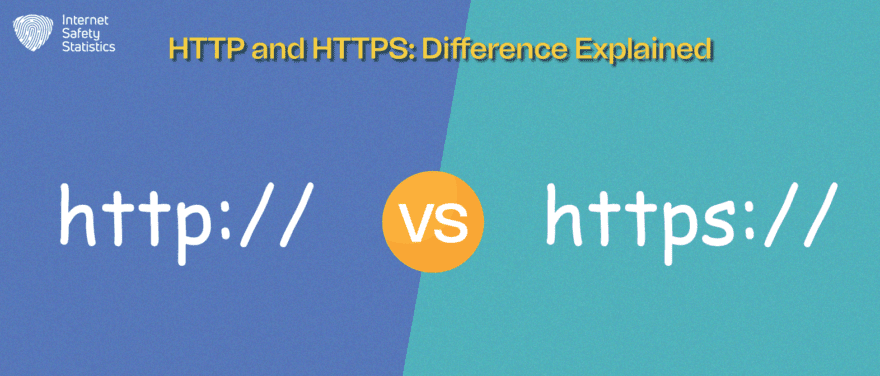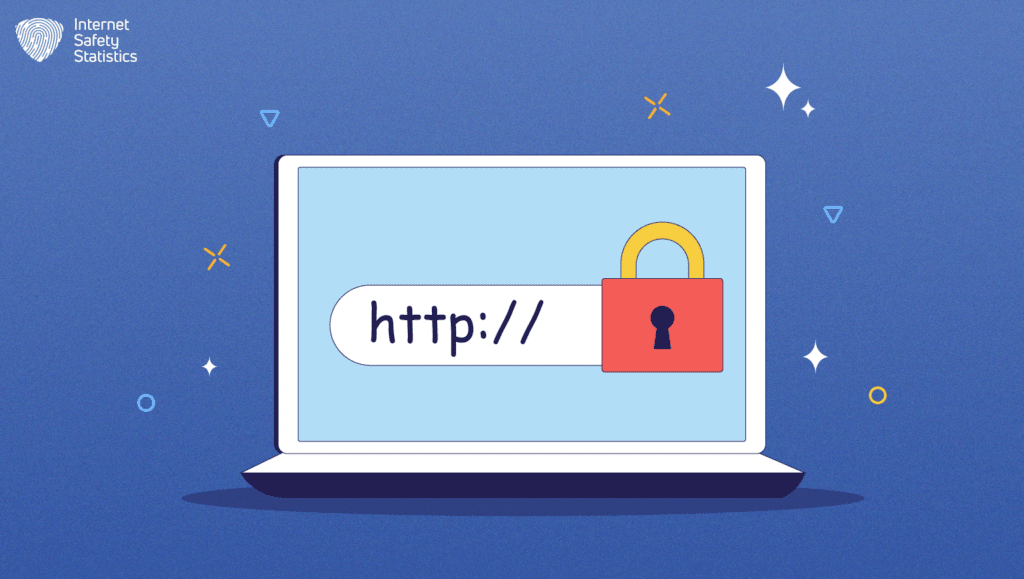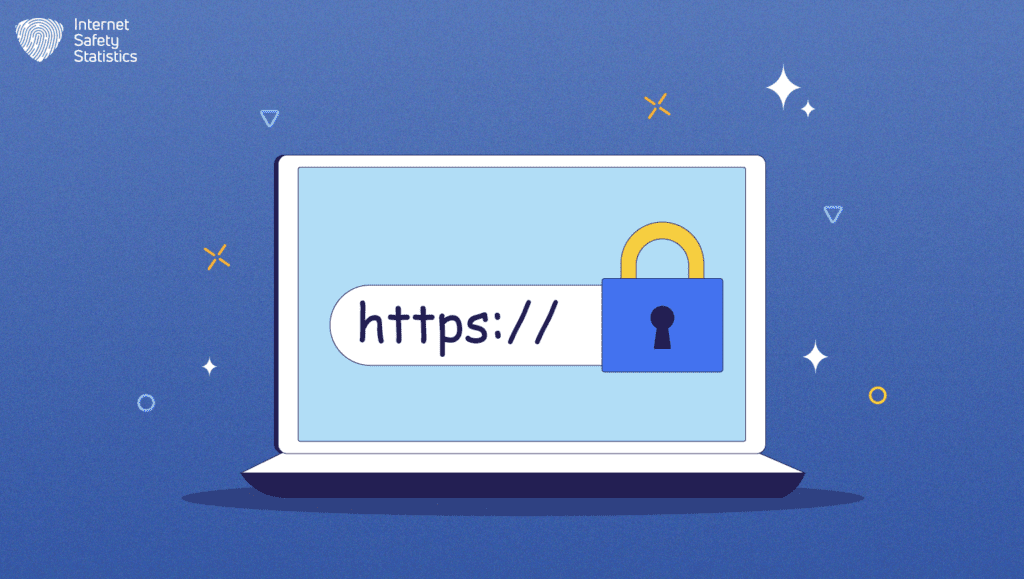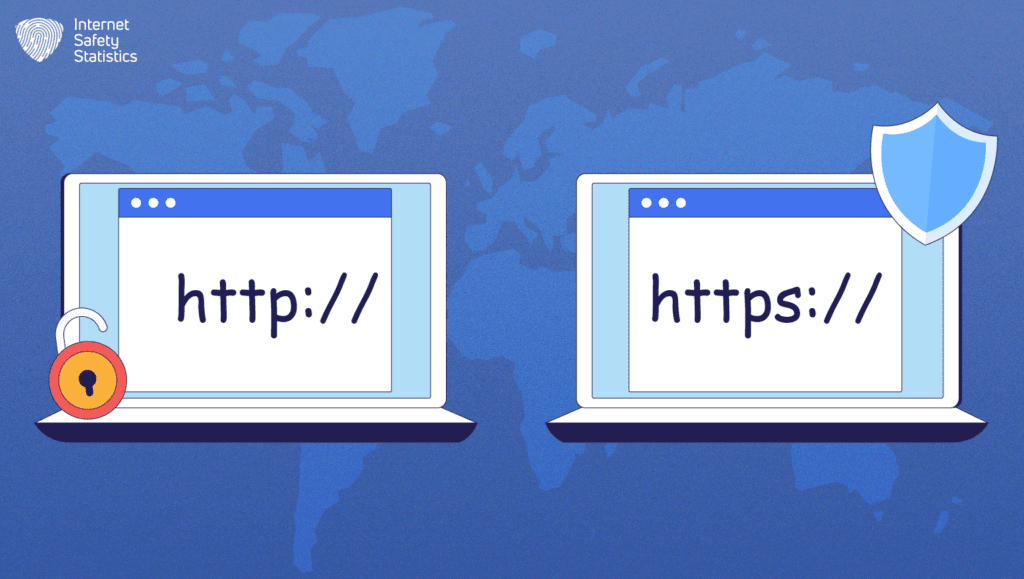
HTTP and HTTPS, the two protocols governing data communication on the web, are the bedrock of internet connectivity. While both acronyms might seem like a jumble of letters, their disparity holds immense significance in the realm of cybersecurity and data integrity. These protocols serve as the backbone for transmitting information across the internet, yet their subtle variance embodies a profound distinction—one that shapes the security and trustworthiness of our online interactions. In this article, we delve into the fundamental disparities between HTTP and HTTPS, exploring their functionalities, implications, and the pivotal role they play in ensuring a safer and more secure internet landscape.
What is HTTP?

HTTP, which stands for Hypertext Transfer Protocol, is the cornerstone of the World Wide Web. It’s the language that enables communication between your web browser and the websites you visit. Think of it as the messenger that carries your requests for web pages, images, videos, and more to the servers hosting those online resources.
HTTP is a protocol, a set of rules and conventions that computers follow to exchange information. It’s essentially the framework that governs how data is formatted, transmitted, and received. When you type a web address (URL) into your browser and hit Enter, you’re initiating an HTTP request, prompting the server to respond with the requested content.
How it works
HTTP operates on a client-server model, where your web browser (the client) communicates with web servers. When you click a link or type a URL, your browser sends an HTTP request to the server. The server processes your request and responds with the requested web page, image, or file using an HTTP response. This interaction relies on a straightforward “request-response” mechanism.
HTTP functions over the widely known Transmission Control Protocol (TCP) and utilises the default port 80 for unencrypted communication.
Use Cases and Examples
HTTP is the backbone of the web and is used for numerous purposes, from accessing websites to fetching documents and streaming multimedia. It’s the protocol that makes your everyday web browsing possible. Whenever you read an article, watch a video on YouTube, or check your email, HTTP is at work in the background.
Vulnerabilities and Security Risks
Despite its ubiquity, HTTP has some vulnerabilities that can compromise the privacy and security of data in transit. One of its most significant drawbacks is that it transmits data in plain text, which means that if intercepted by malicious actors, your data can be easily read and exploited. This makes it susceptible to eavesdropping, man-in-the-middle attacks, and data interception.
Furthermore, it doesn’t offer data integrity or authentication mechanisms, making it challenging to ensure the authenticity of the content you receive. These security shortcomings underscore the importance of transitioning to HTTPS, which addresses many of these vulnerabilities by adding encryption and authentication layers to protect your online interactions.
What is HTTPS?

HTTPS, or Hypertext Transfer Protocol Secure, is the fortified and safer sibling of HTTP (Hypertext Transfer Protocol). It’s the guardian of your online security, like a trustworthy sentinel standing at the entrance to the digital world. Let’s delve into how HTTPS works and why it’s such a crucial part of our web experience.
Encryption and Secure Communication:
The standout feature of HTTPS is encryption. Think of it as a secret code that scrambles your data before it’s sent and unscrambles it when it’s received. When you visit a website that uses HTTPS, it’s like sending a letter in a locked, sealed envelope. This encryption ensures that your communication, whether it’s passwords, credit card numbers, or personal messages, remains private and protected from prying eyes.
It employs encryption protocols called SSL (Secure Sockets Layer) and its successor, TLS (Transport Layer Security). These protocols establish a secure connection between your web browser and the website’s server. It’s akin to having a secure telephone line that only you and the person you’re talking to can understand.
Identity Verification:
Another essential feature of HTTPS is identity verification. It ensures that the website you’re visiting is indeed the one it claims to be. This verification is done through digital certificates issued by trusted third parties known as Certificate Authorities (CAs).
When you connect to a secure website, your browser checks the website’s digital certificate. If it’s valid and signed by a trusted CA, your browser displays a padlock icon or other trust indicators. This means you can trust that the website is authentic and hasn’t been tampered with. It’s like checking someone’s ID before trusting their identity.
Preventing Data Tampering and Interception:
In addition to privacy and trust, it also safeguards your data from being tampered with or intercepted during transmission. It ensures that the web page you see is precisely the one the website’s server intended to send. Without HTTPS, malicious actors could potentially modify the content you see or inject harmful code.
Imagine if someone intercepted your sealed letter and changed its contents while it was on its way to its destination. HTTPS makes sure your digital letters (data) remain intact and secure from such tampering.
The Advantages of HTTPS
HTTPS offers several key benefits:
- Data Privacy: Your sensitive information remains private, reducing the risk of identity theft or data breaches.
- Trust: You can trust that the website you’re visiting is legitimate, enhancing your online safety.
- Data Integrity: It prevents unauthorised tampering with the data you exchange online.
- SEO and Browser Trust: Many search engines and browsers favour HTTPS websites, potentially improving your visibility online.
- Compliance: In some industries, using HTTPS is a requirement to comply with regulations and protect customer data.
In a world where digital security is paramount, HTTPS is your virtual shield, ensuring your online experiences are private, secure, and reliable. It’s the assurance that your data, whether it’s personal, financial, or simply the words you exchange with friends, is kept confidential and intact as it journeys through the vast landscape of the internet.
Advantages Over HTTP
HTTPS holds a multitude of advantages over its non-secure counterpart, HTTP. The most prominent advantage is data privacy. Your sensitive information, such as login credentials, credit card details, and personal messages, is kept confidential and protected from potential breaches and identity theft.
Trust is another key advantage. When you see the padlock icon or “https://” in the web address, you can trust that you’re on a legitimate and secure website, free from the risks of phishing or fraudulent sites.
It also ensures data integrity, preventing unauthorised alterations or tampering with the information you exchange online. It’s your digital assurance that the web page you see is precisely what the website intended to share.
These advantages make it an essential component of web security, ensuring that your online experiences are not only safe and private but also trustworthy and reliable. In a world where digital privacy and security are paramount, HTTPS is your virtual shield, protecting your data as it travels through the vast landscape of the internet.
Key Differences between HTTP and HTTPS
A. Data Transmission and Encryption
One of the fundamental distinctions between HTTP and HTTPS lies in how they handle data transmission. In the world of HTTP, data is sent in plain text, like sending a postcard with your message written for everyone to see. This lack of encryption makes it susceptible to interception, where malicious actors can easily read and exploit your data. On the contrary, HTTPS is all about encryption. It transforms your data into a secret code, so even if it’s intercepted, it’s indecipherable. It’s like sealing your message in an envelope that only the intended recipient can open, ensuring your private data remains truly private.
B. Security and Privacy
Security and privacy are the cornerstones of HTTPS. With HTTPS, your online interactions are safeguarded. Your sensitive information, whether it’s your login credentials, credit card details, or personal messages, is shielded from prying eyes and hackers. It’s like having a confidential conversation in a locked room. On the other hand, HTTP lacks this level of security, making your data vulnerable to interception, data breaches, and identity theft.
C. Trust Indicators (Padlock Icon)
When you visit a secure website that uses HTTPS, your web browser displays trust indicators, often in the form of a padlock icon in the address bar. This icon is your digital handshake, assuring you that the website is legitimate and verified. It’s like the website showing you its ID before you enter. In contrast, HTTP lacks these trust indicators, leaving you in the dark about the site’s authenticity.
D. Impact on Search Engine Rankings
HTTPS can positively influence your website’s search engine rankings. Major search engines, like Google, favour secure websites, considering them more trustworthy and safe for users. So, if your website uses HTTPS, it might enjoy a slight boost in search engine rankings. It’s like having a well-lit and well-maintained storefront, which attracts more visitors.
E. Performance Considerations
When it comes to performance, there is a slight overhead with HTTPS due to the encryption and decryption processes. However, modern technology has made this impact negligible for most websites. The benefits of security and trust far outweigh the minor performance differences. It’s like choosing the safer and more reliable route, even if it’s a tad longer because your data’s security is paramount.
Why Security Matters

A. Risks associated with unsecured HTTP
Unsecured HTTP is like sending a postcard through the mail; anyone who handles it can read its contents. This vulnerability opens the door to a range of risks. Hackers can intercept your data, potentially stealing personal information, login credentials, or financial details. This can lead to identity theft, fraud, or unauthorised access to your accounts. Imagine someone snooping on your letters and using the information for malicious purposes – that’s the risk we’re talking about.
B. Data Privacy and Confidentiality
Data privacy is like having a private conversation in your living room – you don’t want anyone eavesdropping. Unsecured HTTP, however, is like chatting in a crowded coffee shop where everyone can hear. HTTPS ensures your online conversations remain confidential. It encrypts your data, turning it into a secret code. With HTTPS, your sensitive information, such as personal messages, stays private, reducing the risk of leaks and breaches.
C. E-commerce and Online Transactions
When it comes to online shopping or financial transactions, security is paramount. Using unsecured HTTP in these situations is like leaving your wallet on a park bench. Your payment details, including credit card numbers, could be stolen during the transaction. HTTPS, on the other hand, is like shopping in a secure, well-guarded store. It encrypts your financial data, making online shopping safer and giving you peace of mind.
D. Trust and Reputation
In the digital world, trust is everything. When you visit a website, you want to trust that it’s legitimate and reliable. A site using unsecured HTTP is like a stranger making grand promises with no proof. This lack of security can erode trust. With HTTPS, you have visible trust indicators, such as the padlock icon, assuring you that the site is genuine. It’s like dealing with a reputable business that has credentials and a good reputation.
E. Legal and Compliance Considerations
In certain industries and for some types of websites, using HTTPS isn’t just a good practice; it’s a legal requirement. Imagine running a restaurant – you need to meet specific health and safety regulations. Similarly, websites dealing with sensitive data, like healthcare or finance, are bound by laws and compliance requirements. Not using HTTPS can lead to legal consequences and penalties. It’s like not following the rules and facing fines or legal actions. By using HTTPS, you demonstrate your commitment to data security and comply with the necessary regulations.
By choosing HTTPS, you’re not only safeguarding your own data but also contributing to a more secure online world. It’s like being part of a community that cares about safety, where each individual’s efforts make the whole neighbourhood safer.
So, consider HTTPS not just as a security upgrade for your own benefit but also as a step towards creating a more secure and trustworthy digital landscape for all of us.
